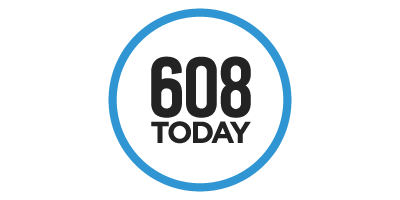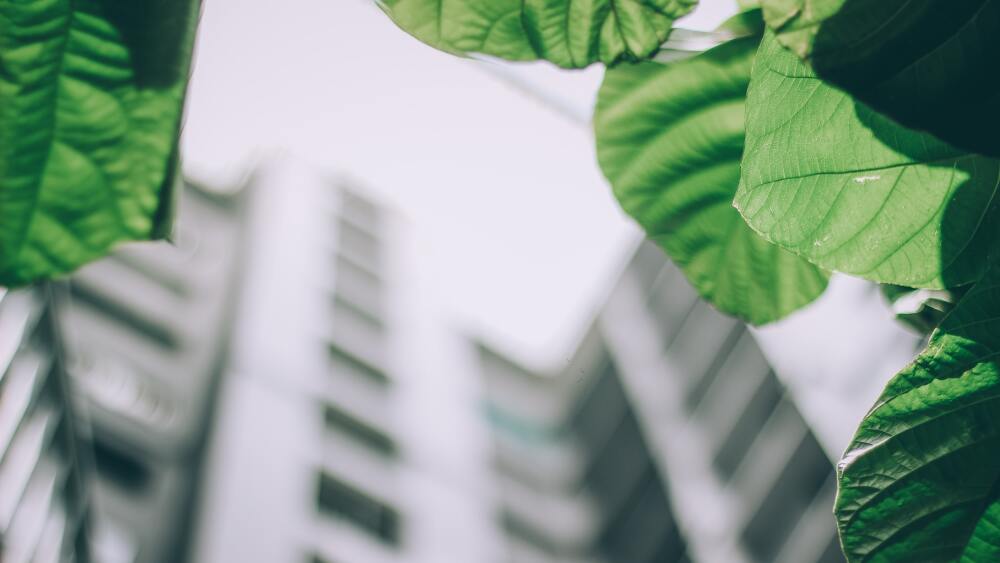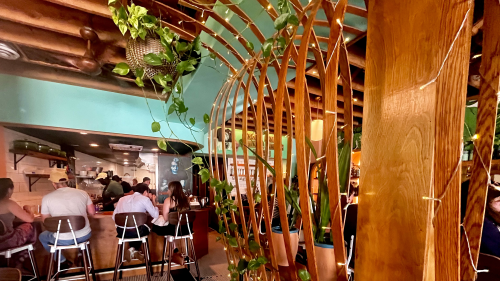Have you seen a local building described as “LEED-certified” and wondered what that means? We won’t leed you on — here’s everything you need to know.
What is LEED?
LEED — which stands for “Leadership in Energy and Environmental Design” — is an international green building system developed by the US Green Building Council (UGBC). The certification encourages more efficient buildings and communities through all phases of development, from new builds to maintenance.
Intrigued? Learn more about UGBC’s mission.
What are the levels?
A project earns its LEED certification through points. Points are awarded through 20+ categories which address carbon, energy, water, waste, transportation, materials, health, and indoor environmental quality.
The more points a project earns, the higher its certification level. The four levels are:
Looking for local LEED-certified projects? Search the database to find certified projects, organizations, communities, and people.
Local LEEDs
The City of Madison owns 13 LEED-certified buildings:
- Central Library | 201 W. Mifflin St.
- Fire Station 1 | 316 W. Dayton St.
- Fire Station 12 | 400 South Point Rd.
- Fire Station 13 | 6350 Town Center Dr.
- Fire Station 14 | 3201 Dairy Dr.
- Fleet Services | 414 Nakoosa Tr.
- Goodman Parks Maintenance Facility | 1402 Wingra Creek Pkwy.
- Goodman South Library | 2222 S. Park St.
- Sequoya Library | 513 S. Midvale Blvd.
- Madison Municipal Building | 215 Martin Luther King, Jr. Blvd.
- Monona Terrace Convention Center | 1 John Nolen Dr.
- Midtown Police District | 4020 Mineral Point Road
- Olbrich Gardens Learning Center | 3330 Atwood Ave.
- Pinney Library | 516 Cottage Grove Rd.











